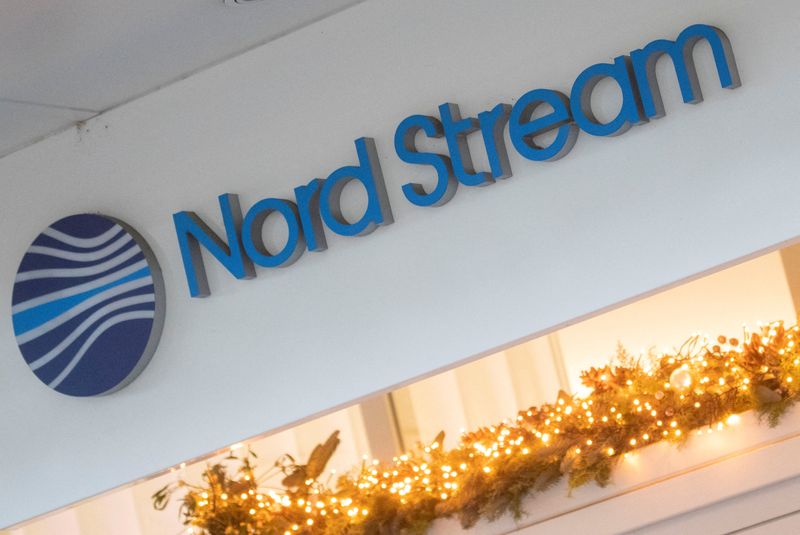European Gas Futures Fall to 3-Week Low as Nord Stream Reopens
2022.07.21 10:29

By Geoffrey Smith
Investing.com — European natural gas futures fell to their lowest in three weeks as Russia resumed shipments to Germany, allaying fears of a permanent cut-off due to the war in Ukraine.
Data from the Nord Stream pipeline, which carries natural gas from Russia to northern Germany under the Baltic Sea, showed flows resumed after 10 days of planned annual maintenance. However, they were capped at 40% of their usual rate, as had been the case before the maintenance period started. Russian gas monopoly Gazprom (MCX:GAZP) also confirmed that it is shipping at a rate of just under 43 million cubic meters a day through the pipeline.
By 3:05 AM ET (0705 GMT), the front-month Dutch TTF contract that serves as a benchmark for northwest Europe was down 4.2% at 148.65 euros a megawatt-hour, having earlier dipped as low as 147.50 EUR/MWh. While that’s well below the highs of the last two weeks, when many – including French President Emmanuel Macron and the European Commission – warned of a total shutdown of Russian gas supplies, it’s still nearly 10 times the level at which they traded in 2021, before the current crisis started to crystallize.
Separately, Italian gas importer Eni (BIT:ENI) also registered an increase in shipments from Russia to 36 million cubic meters a day, from around 21 mcm/d in recent days.
Russian President Vladimir Putin warned earlier this week that supplies could be cut again depending on whether compression equipment is returned promptly from maintenance, while the European Commission confirmed that it will propose plans for a cut in gas use across the bloc, in an effort to avert a supply crisis this winter.
The improvement in short-term flows coincides with a more sinister turn of events in eastern Europe, however. Russian Foreign Minister Sergey Lavrov had said on Wednesday that Russia’s aims in Ukraine, which it invaded in February, have now changed, and that it seeks control over not just the eastern regions of Donetsk and Luhansk, but also of much of southern Ukraine, including the Kherson and Zaporizhzhia regions “and a row of other territories,” Lavrov told RIA Novosti in an interview.








